You might love looking up at the night sky. However, how much do you really know about the universe? Here are astronomy trivia questions and answers. They will test your knowledge of stars, constellations, and other interesting aspects of space.
Astronomy Trivia Questions And Answers:
What does space smell like?
Hot metal, diesel fumes, and barbecue.
How old is the Universe?
13.7 billion years old.
How many constellations are there?
88.
Which planet has a hexagonal-shaped storm?
Saturn.
Why isn’t it possible to walk on Jupiter, Saturn, Uranus, or Neptune?
Because they do not have solid surfaces.
Which planet has the largest ocean?
Jupiter.
Which star is the Alpha Ursa Minoris?
Polaris.
How long does each season last on Neptune?
More than 40 years.
What do scientists call the disk that encircles a back hole?
Accretion Disk.
What are the storms produced by the sun called?
Solar storms.
Which constellation represents a hunter and weapons?
Orion.
Which is the hottest planet in the solar system?
Venus, with a surface temperature of 460 °C.
How many minutes was the shortest space flight?
15 minutes.
What is the only planet not named after a God?
Earth.
Which astronaut is famous for having written his daughter’s initials on the moon?
Gene Cernan.
What do you call a large group of stars, dust, and gas?
A galaxy.
How many stars make up the Big Dipper?
7 stars.
Where is the coldest place in the universe?
The Boomerang Nebula.
Which are the most common types of galaxies in the universe?
Elliptical galaxies.
How far away is the nearest star, not the sun?
About 4.22 light-years from Earth.
What is the minimum speed of a meteoroid when it enters Earth’s atmosphere?
25,000 miles per hour.
What is the largest type of star in the universe?
Red supergiant stars. They have the largest volume of all the stars in the known universe and are classified as K or M spectral types.
Which planets do not have a natural satellite?
All the planets in the solar system except Mercury and Venus have natural satellites.
What is the most common type of star found in the Milky Way?
Red Dwarf stars.
What is at the center of the Milky Way galaxy?
A black hole.
Who was the first female commander of the International Space Station (ISS)?
Peggy Whitson.
What is the unit of measurement used to describe the expansion of the universe?
The Hubble Constant.
Which constellation holds the hottest place in the universe?
Virgo.
Who was the third astronaut to walk on the moon?
Pete Conrad.
More Trivia Questions:
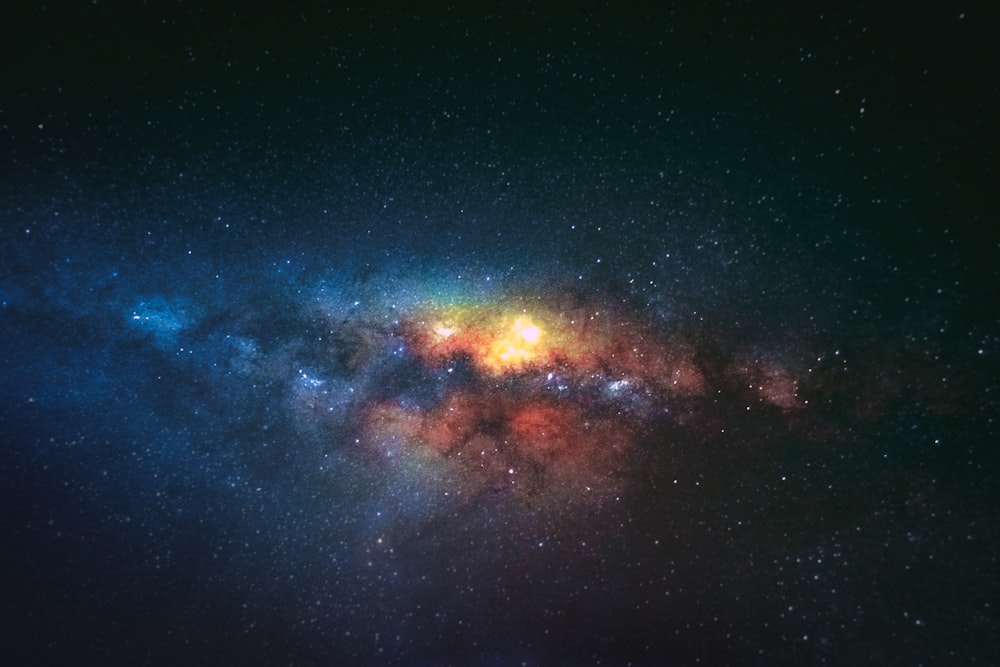
- How many Earths could fit inside the sun? About a million.
- Who described Saturn’s rings as the “ears of a teacup?” Galileo.
- How long does it take the moon to orbit the Earth? 28 days.
- How long does it take the moon to pass through all its phases? 29 days.
- How is the distance between the sun and Earth measured? In Astronomical Units (AU).
- Which planet is known as the Morning Star? Venus.
- How does a meteor become a meteorite? It hits the Earth’s surface.
- Which star is nearest to Earth? Alpha Centauri.
- What does NASA stand for? National Aeronautics and Space Administration.
- Which astrological sign becomes visible starting January 21st? Aquarius.
- What do you call the path traveled by a celestial body in space? An orbit.
- What is the sun’s outermost atmosphere called? Corona.
- What causes the moon to shine? Reflected sunlight.
- Which constellation is shaped like a winged horse? Pegasus.
- What is the third brightest celestial object in our sky? Venus.
- Which constellation contains the stars Castor and Pollux? Gemini.
- What is the study of the stars, planets, and galaxies? Astronomy.
- Name the spacecraft that carried the first astronauts to the moon. Apollo 11.
- Which planet is known as the Evening Star? Venus.
Unsplash / Andy Holmes - Who invented astronomy? The ancient Greeks.
- Where can you go to see projections of the night sky? A planetarium.
- What color is Mars’ sunset? Blue.
- Which planets have rings around them? Jupiter, Saturn, Uranus, and Neptune.
- What is space junk? Any human-made object stuck orbiting Earth.
- How hot is the sun’s core? More than 27 million degrees Fahrenheit (15 million degrees Celsius).
- How long is a day on Jupiter? 9 hours and 55 minutes.
- Which is the smallest planet within our solar system? Mercury.
- Which is the oldest planet in our solar system? Jupiter.
- How many of our planets can be seen without a telescope? Five. Mercury, Venus, Mars, Jupiter, and Saturn.
- Which planet is larger, Neptune or Saturn? Saturn.
- How long is one year on Jupiter? 12 years.
- Which is the densest planet in our solar system? Earth.
- How many volcanoes are there on the surface of Venus? More than 1,600 volcanoes.
- What color is Saturn? Pale yellow.
- What are the names of Jupiter’s four largest moons? Europa, Ganymede, Callisto, and Io.
- What does Uranus smell like? Rotten eggs.
- Which are the four “terrestrial” planets? Mercury, Venus, Mars, and Earth.
- Which planet rotates on its side? Uranus.
- In what year did Pluto become reclassified as a dwarf planet? 2006.
Unsplash / Guillermo Ferla - Which are the five most recognized dwarf planets? Pluto, Ceres, Eris, Makemake, and Haumea.
- Why isn’t Galileo credited with the discovery of Neptune? Galileo seems to have mistaken Neptune for a fixed star.
- Which definition of a “planet” does Pluto fail to meet? Pluto has failed to clear the neighborhood around its orbit.
- What is the appearance of a comet called? An apparition.
- Which are the four “gas giant” planets? Jupiter, Saturn, Uranus, and Neptune.
- Which is the second smallest planet within our solar system? Mars.
- Which planet spins backward relative to the others? Venus.
- Which planet has the most volcanoes? Venus.
- What protects Earth from meteoroids and radiation from the sun? Its atmosphere.
- Which is the brightest planet in the night’s sky? Venus.
- What is a comet made of? A mixture of ices, dust, and rocks.
- How long does a solar eclipse last? Seven and a half minutes.
- Who was the first woman to travel into space? Valentina Tereshkova.
- Where is the Oort Cloud located? Just beyond Pluto.
- What phenomena keeps the planets in steady orbit around the sun? Gravity.
- Who was the first person to walk on the moon? Neil Armstrong.
- If you weighed 200 pounds on Earth, how much would you weigh on Mars? 76 pounds.
- Who was the first person to travel into space? Yuri Gagarin.
- The planets make up what percentage of the mass in our solar system? 0.135%
- How long does it take the sun’s rays to reach Earth? Eight minutes.
Unsplash / Greg Rakozy - How many planets are in the Solar System? Eight planets.
- What elements is the sun composed of? Primarily hydrogen and helium, with some other trace elements.
- Approximately how many miles (or kilometers) are there in a light-year? A light-year is the distance light travels in a vacuum in a year, about 5.9 trillion miles, or 9.5 trillion kilometers.
- When did the Space Age begin? The Space Age began on October 4, 1957, when the Soviet Union launched Sputnik 1.
- The moon called Titan orbits which planet? Saturn.
- Where is the Asteroid Belt located? Between Mars and Jupiter.
- What are the explosions of energy released by the sun’s magnetic fields called? Solar flares.
- What color is the sun? The sun appears white to the eye, but it is a mixture of all colors.
- Asteroids are also referred to as what? Minor planets or planetoids.
- How many Earths could fit inside the sun? One million.
Unsplash / Guillermo Ferla - What do scientists call a massive release of plasma from the sun? A Coronal Mass Ejection.
- What is a highly magnetized rotating neutron star? A pulsar.
- What do you call a large number of meteoroids occurring at the same time and place? A meteor shower.
- Vesta is which type of celestial body? An asteroid.
- What causes high and low tides? Gravity.
- What is the polarity reversal of the sun? The solar cycle.
- Name the three most famous asteroids? Ceres, Pallas, Vesta.
- Why does Mercury have craters? Its atmosphere is too thin to burn up meteoroids.
- How old is the sun? Roughly 4.6 billion years old.
- Which is the largest start within our solar system? The sun.
Unsplash / Benjamin Voros - What is the name of Pluto’s largest moon? Charon.
- What causes a solar eclipse? The moon moves between the sun and Earth, casting a shadow on Earth.
- Where can the biosphere be found? The lower part of the atmosphere, all of the hydrosphere, and the upper part of the lithosphere.
- The three main parts of a comet are the nucleus, the tail, and the _____? The coma.
- Which celestial body within the solar system has the most mass? The sun.
- What year boasted the first woman in space? 1963.
- What is the term for the condition when three celestial bodies are arranged in a straight line? Syzygy.
- How many moons does Earth have? One.
- What manned U.S. space program eventually put 12 men on the Moon? Apollo.
- From 1978 to 1999, which planet was farthest from the Sun? Neptune.
Unsplash / Brian McGowan - How much of the Milky Way is visible? You can only see 0.000003% percent of it.
- What term do astronomers use to describe the two times a year when day and night are of equal length? Equinox.
- What are the clouds of interstellar gas and dust that emit light in different colors called? An emission nebula is a cloud of high-temperature gas.
- The atmosphere in Mars is mostly composed of what? According to astronomer Gerard P. Kuiperascertained, the Martian atmosphere is composed mainly of carbon dioxide.
- What color is the sunset on Mars? Dust in the Martian atmosphere has fine particles that permit blue light to penetrate the atmosphere more efficiently than longer-wavelength colors.
- There have been more missions to this planet versus any other planet? Mars.
- Uranus has only been visited by what spacecraft? The Voyager 2.
- There are no _____ stars. Green.
- What accounts for approximately 85% of the matter in the universe? Dark matter.
Unsplash / Jongsun Lee - Which planet has a two-tone moon? Saturn.
- What is a Martian day called? Sol.
- What kind of star is our sun? A typical yellow dwarf.
- Which of Jupiter’s moons has about 400 active volcanos? Io.
- Mercury has a _____. A tail.
- Phobos and Deimos are the Moons of which planet? Mars
- Which planet is closest in size to Earth? Venus.
- Which planet has the most moons? Saturn.
- Which planets have no moons? Mercury and Venus.
- Which planet has supersonic winds? Neptune.
- Which theory involves a passing star pulling dust and debris from the forming sun? The Tidal Theory.
More Trivia Questions:
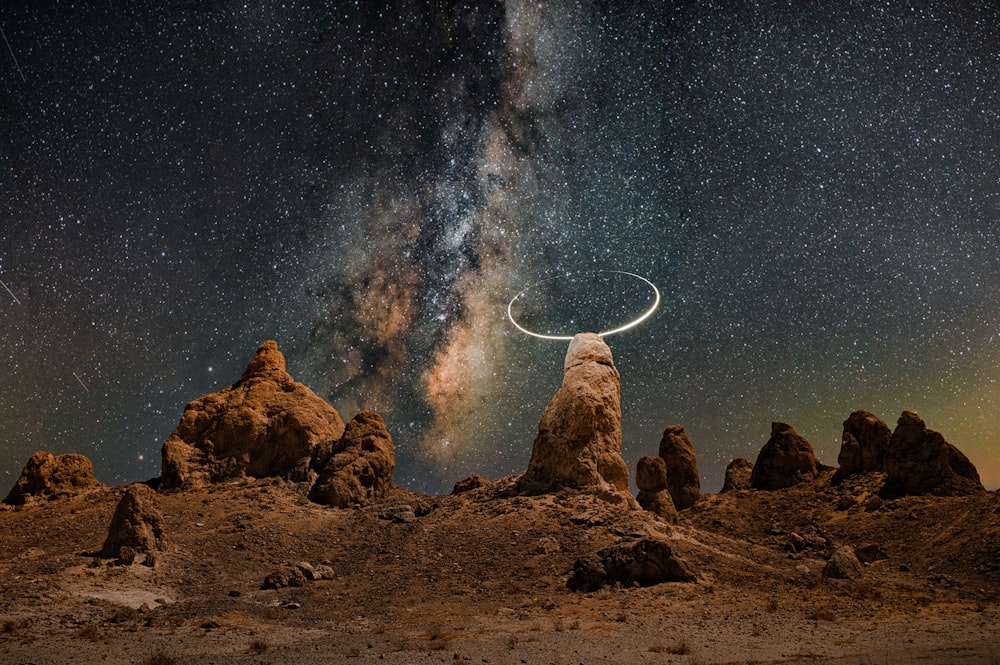
If you want to take more quizzes, then you’re in luck. There are plenty more questions you can answer about various topics, ranging from movies to history to science. Explore more quizzes below!
- Trivia Questions for Kids
- Harry Potter Trivia Questions
- Friends Trivia Questions
- Bible Trivia Questions
- Easy Trivia Questions
- The Office Trivia Questions
- Movie Trivia Questions
- Hard Trivia Questions
- Disney Trivia Questions
- History Trivia Questions
- Science Trivia Questions
- Bar Trivia Questions
- Music Trivia Questions
- Star Wars Trivia Questions
- Funny Trivia Questions
- Sports Trivia Questions
- Animal Trivia Questions
- Marvel Trivia Questions
- Food Trivia Questions
- Christmas Trivia Questions
- Thanksgiving Trivia Questions
- Geography Trivia Questions
- Anime Trivia Questions
- Car Trivia Questions
- Beatles Trivia Questions
- Broadway Trivia Questions
- Simpsons Trivia Questions
- Fast Food Trivia Questions
- Avengers Trivia Questions
- Lord of the Rings Trivia Questions
- Celebrity Trivia Questions
- Soccer Trivia Questions
- Classic Rock Trivia Questions
- Taylor Swift Trivia Questions
- Supernatural Trivia Questions
- Star Trek Trivia Questions
- Batman Trivia Questions
- Grinch Trivia Questions
- Olympic Trivia Questions
- Easter Trivia Questions
- Dog Trivia Questions
- James Bond Trivia Questions
- Literature Trivia Questions
- Family Guy Trivia Questions
- Cat Trivia Questions
- Country Music Trivia Questions
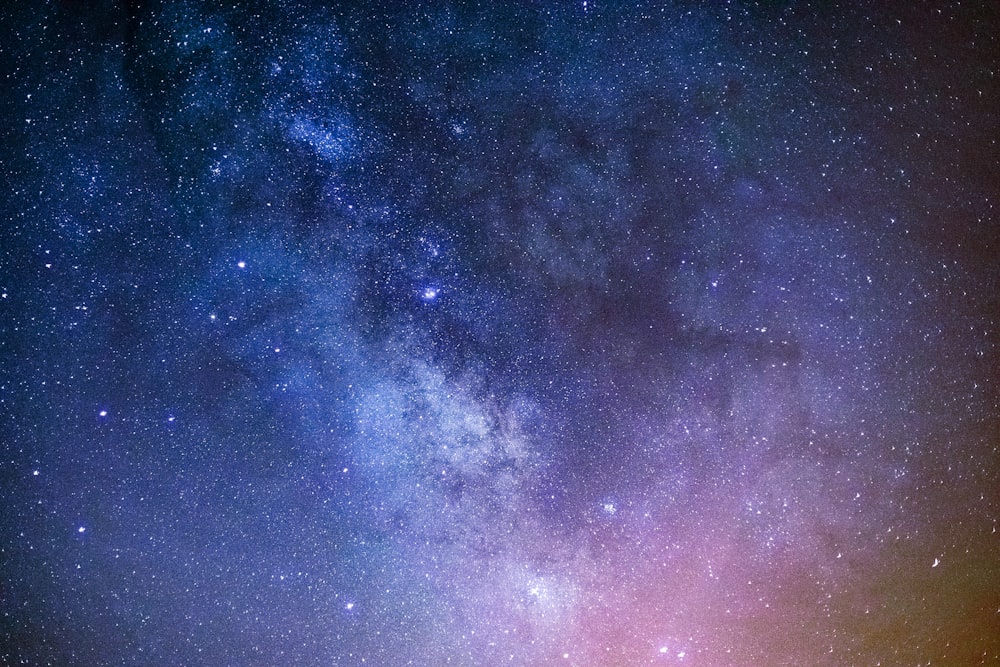
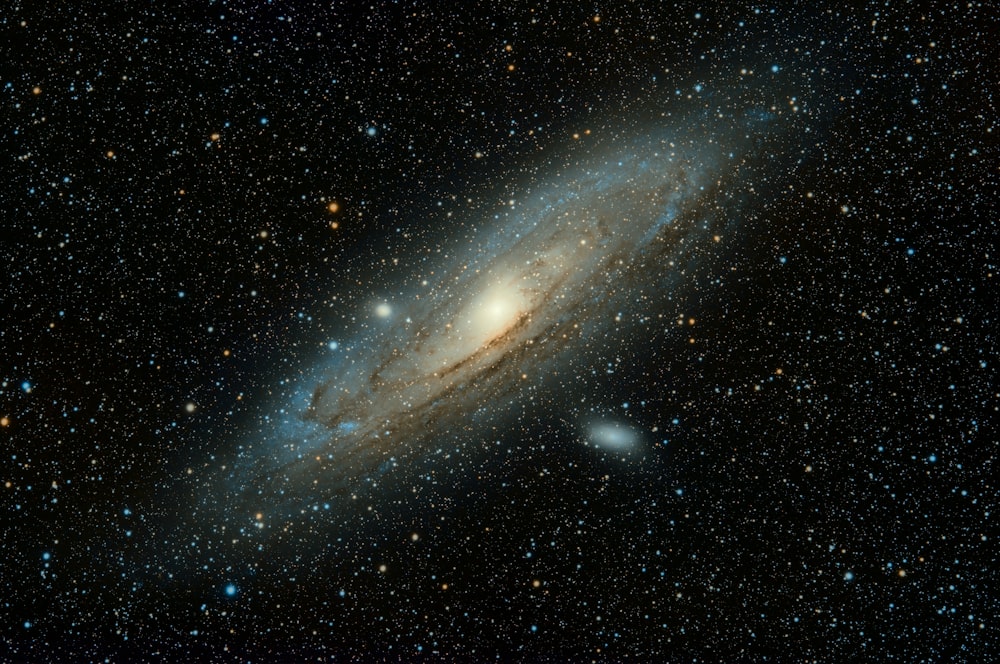
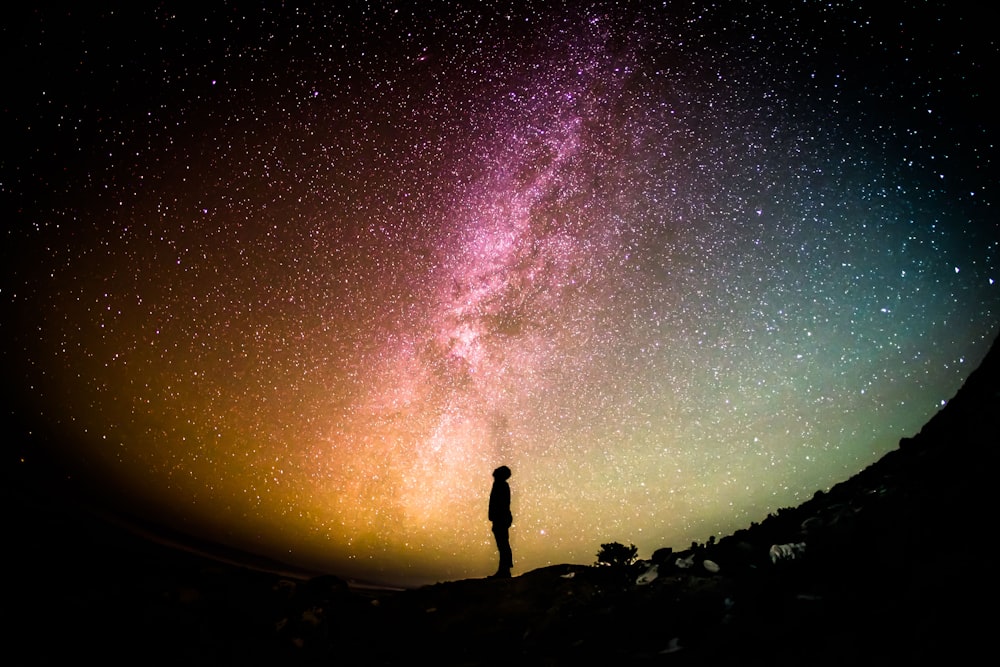
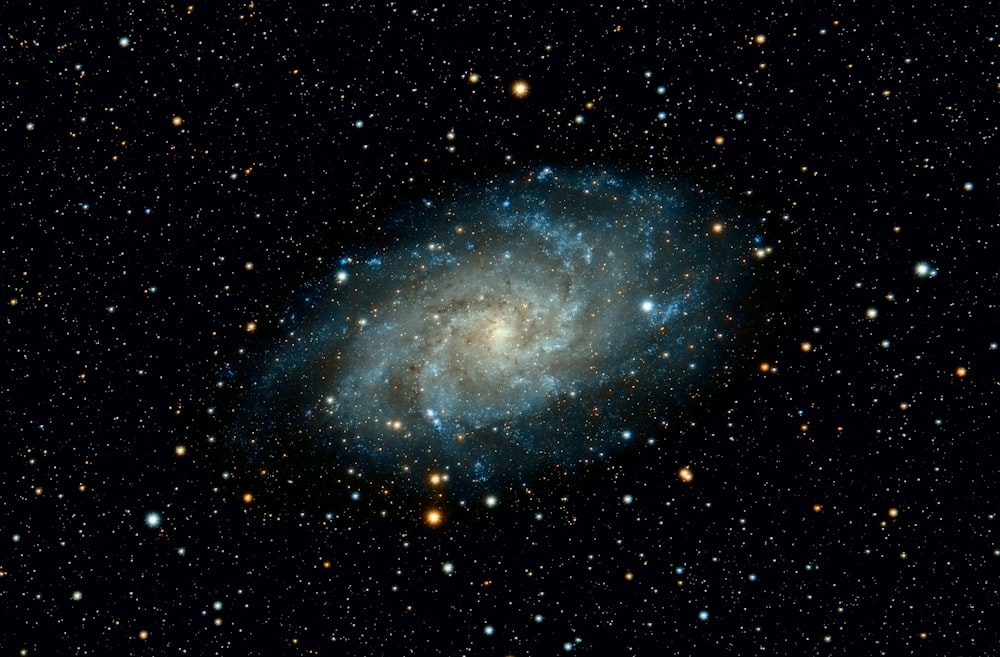
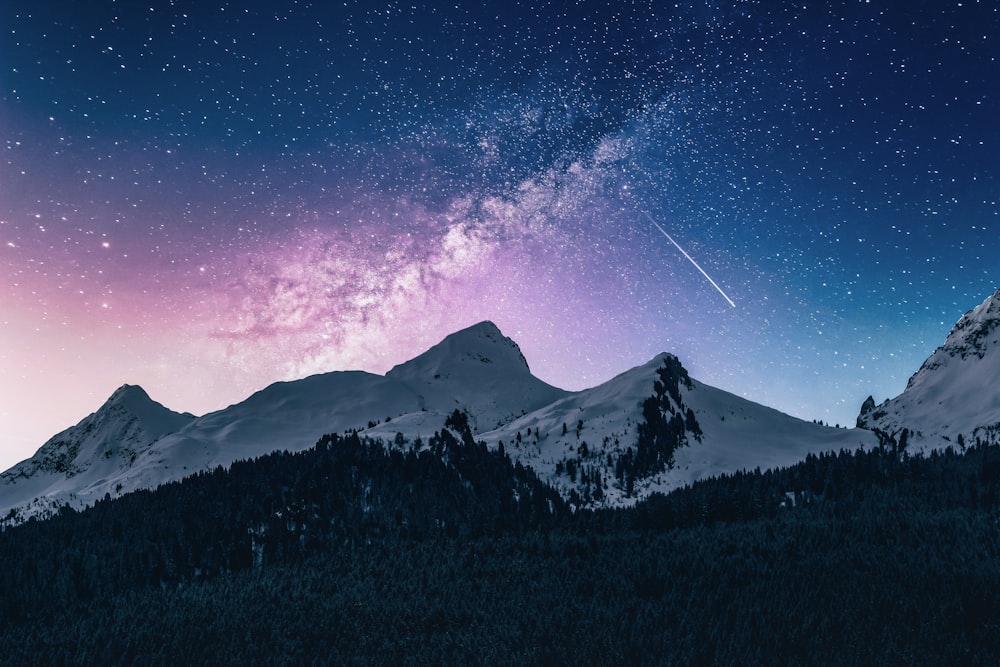
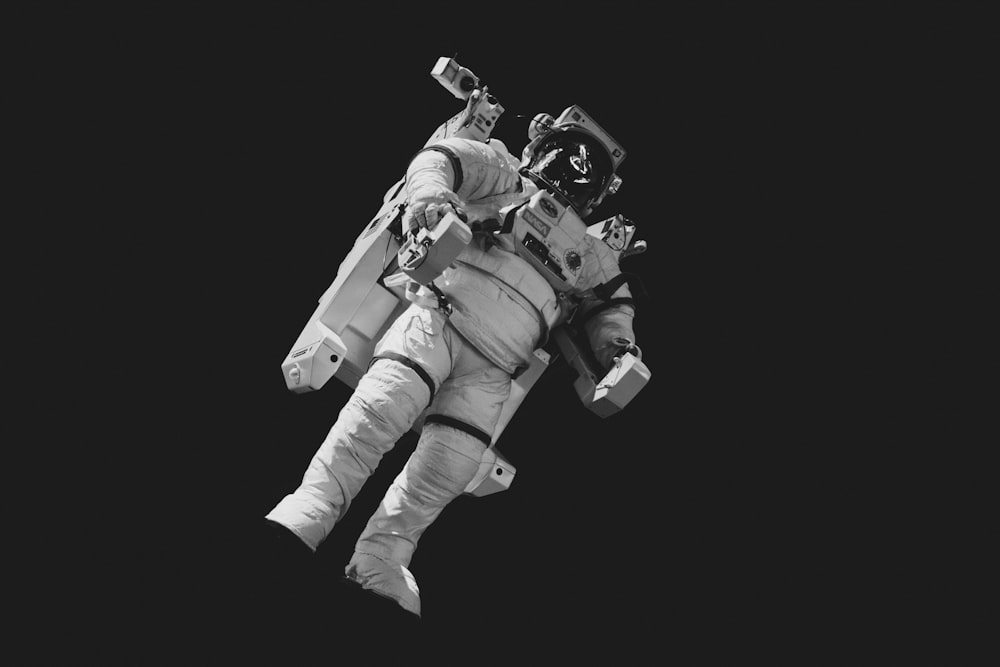


0 Commentaires